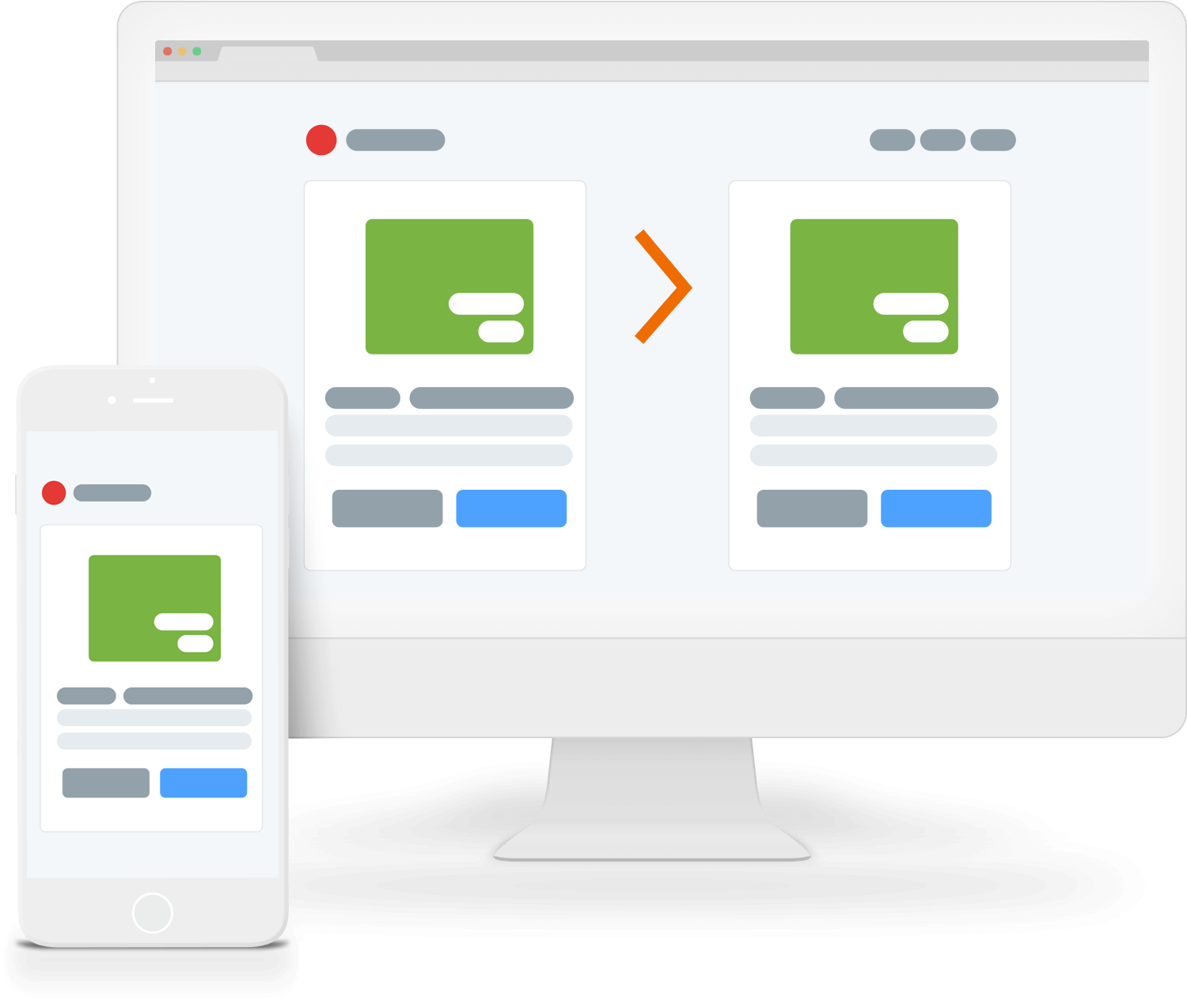Ecommerce & Payment gateways
Ecommerce has vastly changed the way consumers shop and interact with businesses. With the growing use of ecommerce and the heightened competition in the ecommerce industry, businesses today are looking to integrate payment gateways and courier/shipping services with their ecommerce websites to provide an awesome user experience and increase conversion rates. As more and more consumers turn to their computers and mobile devices to purchase goods online, it’s important to have an outstanding interface that’s able to meet their expectations. Here’s how to integrate ecommerce and payment gateways for an awesome user experience without compromising on security or functionality.

Payment Gateway Integration
Integration with your payment gateway allows you to accept online payments from customers who want to pay through credit/debit cards, netbanking, wallet apps and so on. Some of them even allow you to send invoices directly into your accounting software like Quickbooks or Zoho Books. It’s also a great idea to get your suppliers integrated with a payment processor. If you do business in multiple countries, it helps immensely if your supplier is able to use global payment methods like PayPal. Payment gateway integration is often a difficult part of e-commerce. Businesses must comply with local, state, and federal laws related to privacy, data security, tax collection, and other areas when they process credit card payments. The more you understand about payment gateways before creating your website and after setting it up the smoother your integration will go.


Courier/Shipping Integration
Shipping is one of those backend parts of ecommerce that no one likes to think about. But it’s important not only because customers like getting things quickly, but also because it can be a huge source of revenue if done right. Typically, you can integrate your shipping capabilities through your payment gateway. This means that when a customer purchases an item on your ecommerce site, they’ll also be able to track their order while it’s in transit. We recommend researching which gateways offer shipping integration, but don’t skimp on price you want a reliable provider. If you’re going to have e-commerce, it should be great e-commerce. If a shopper comes across your product in search or on social media, they should be able to add it with one click directly from your site. With Shopify Shipping, you can create shipping rules that automatically calculate rates based on a customer’s address.
User-friendly Interface
An interface that is user-friendly can make all of the difference in how your website is perceived. Make sure your interface is clear, concise, and easy to navigate. The site should also be responsive and compatible with a variety of screen sizes. Pay attention to overall aesthetics: some people use your website on a computer at work, but many others access it from their smartphones or tablets on-the-go. The user interface (UI) defines how users interact with your e-commerce website. It includes how things look, how they’re organized, etc. User interfaces can range from simple one-page websites to apps or websites with thousands of pages. An effective UI is convenient, intuitive, and easy-to-use so that you attract a large number of consumers who can make purchases easily on your site. If you want more sales through your e-commerce website, ensure that your payment gateway integration is seamless as well as user friendly.

